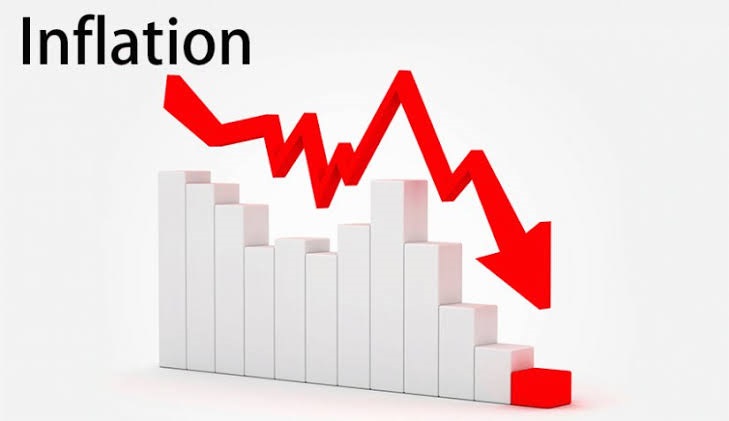Nigeria’s inflation rate showed a welcome deceleration in May 2025, easing to 22.97% year-on-year, marking the second consecutive month of relief for the country’s strained consumers.
The National Bureau of Statistics (NBS) revealed this in its latest inflation report, released Monday, noting that the inflation rate fell by 0.74 percentage points from April’s 23.71%.
On a monthly basis, inflation stood at 1.53%, a drop from 1.86% in April, reflecting a slowdown in price increases for several goods and services. Major contributors to the annual figure included Food and Non-Alcoholic Beverages, Restaurants and Accommodation, and Transport.
Conversely, sectors such as Recreation and Culture, Alcohol and Tobacco, and Insurance recorded the smallest upward pressures on prices.
Food inflation remained high at 21.14% year-on-year, with prices for essentials such as yam, cassava, and fresh peppers contributing to the trend. Month-on-month, food inflation rose slightly to 2.19%, up from 2.06% in April.
Core inflation, which strips out agricultural and energy-related costs, stood at 22.28% year-on-year. The monthly core rate also slowed, falling to 1.10% from April’s 1.34%.
A breakdown of the data by region showed urban inflation at 23.14% while rural inflation was 22.70%. On a month-to-month basis, Bayelsa, Bauchi, and Borno saw the sharpest increases, while Kaduna, Jigawa, and Edo reported the most significant declines.
In terms of food inflation, Borno led with an alarming 64.34% increase year-on-year, followed by Bayelsa and Taraba. Katsina, Rivers, and Kwara, meanwhile, experienced the lowest annual increases in food prices.
The NBS noted that May’s report was influenced by its recently completed CPI rebasing exercise, which shifted the reference base year from 2009 to 2024. The rebased index now uses 2023 consumption data as a benchmark, resulting in a more modern and accurate reflection of Nigeria’s economic conditions.
According to Statistician-General Adeyemi Adeniran, the update ensures that new sectors and changing consumption habits are properly captured in national statistics, thereby improving policy-making and economic planning.





